You have probably noticed the changes made to the Withings online dashboard in the past few weeks. Among those changes, we have introduced the option to import data from partners so that you can see all your key health and fitness data in your Withings dashboard.
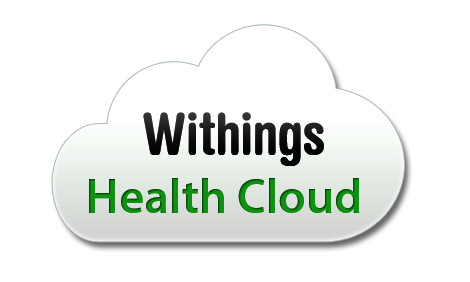
At this time you can already import data from RunKeeper and Zeo. We have already discussed those services before, but now is a good time to take a closer look at them and what benefits they can bring, especially when used in conjunction with Withings devices.
RunKeeper
RunKeeper’s core functionality is to help you keep track of your physical activity, especially running, walking or biking. RunKeeper offers free apps for smartphones that use your phone’s GPS to calculate precisely what distance you have ran and display your road on Google maps. It also has social features that allow you to share your efforts with your friends and see what they themselves are doing.
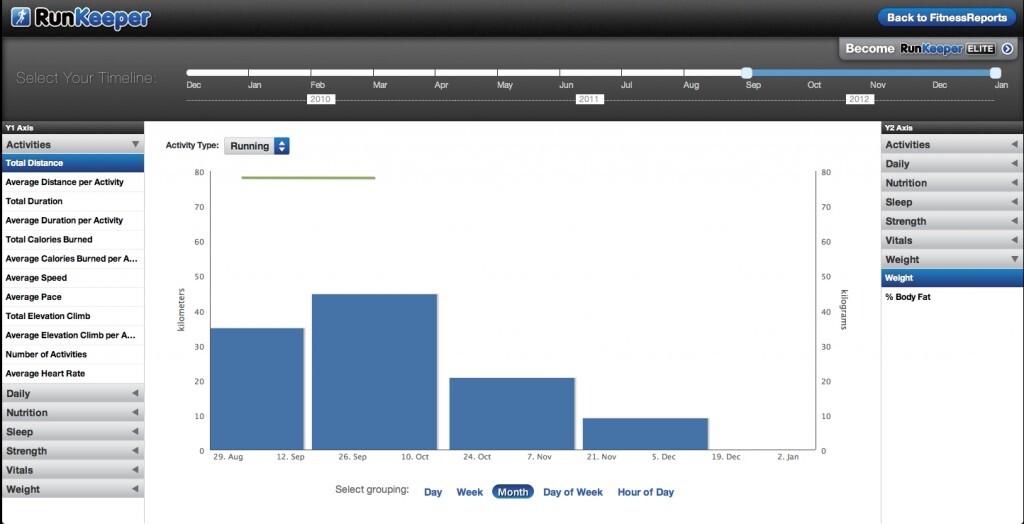
RunKeeper also offers an “Elite” service for a fee that includes some more advanced health metrics and trackers: for example, RunKeeper will let you keep a nutrition journal with the amount of protein, fat or fiber you consume or keep track of your heart beat rate.
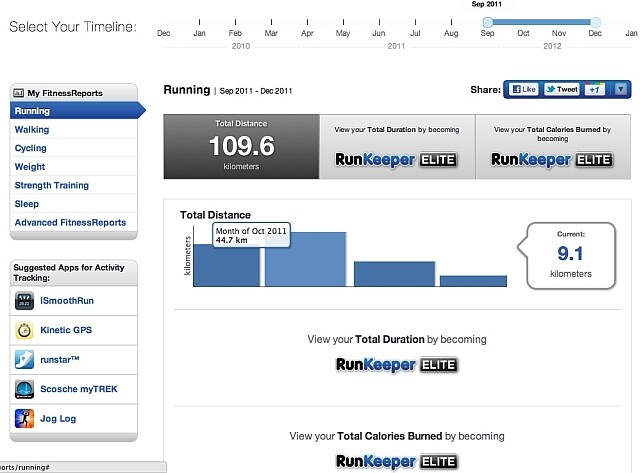
In addition, also for a fee, RunKeeper offers coaching services to help you get in shape or prepare for a special run like a 10 mi, a marathon, etc.
When you connect your RunKeeper account with your Withings dashboard, you will be able to display the distance you run every day right alongside the data collected by your Withings devices. For instance, if you are trying to get in better shape, you can see yourself losing body fat as you exercise regularly, even if your weight does not change much – a common occurrence for athletes because muscle mass is actually more dense than fat mass. Using the Withings blood pressure monitor, you can also check your heart beat rate at the end of an exercise and see how your cardio training is progressing.
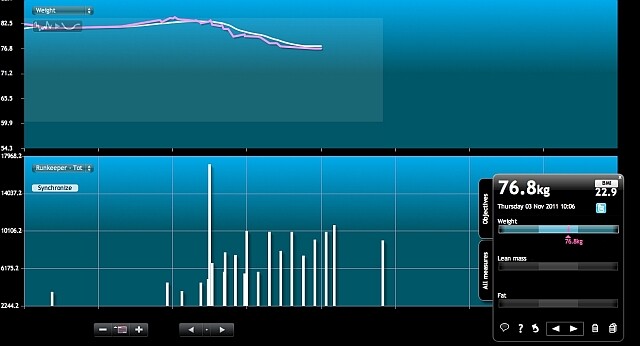
Zeo
Zeo is a device that measures your sleep. It uses a headband to measure your cerebral activity during your sleep and transmit the data wirelessly to a sort of alarm clock or to your smartphone (the two versions of the device are distinct). Zeo analyses the data collected by the headband to determine when you are in light sleep, deep sleep, REM sleep (when you dream) or awake. The device then aggregates all the data and assigns a score (called “ZQ”) to each night depending on how long you spent into each phase of sleep, whether you woke up during the night, etc.
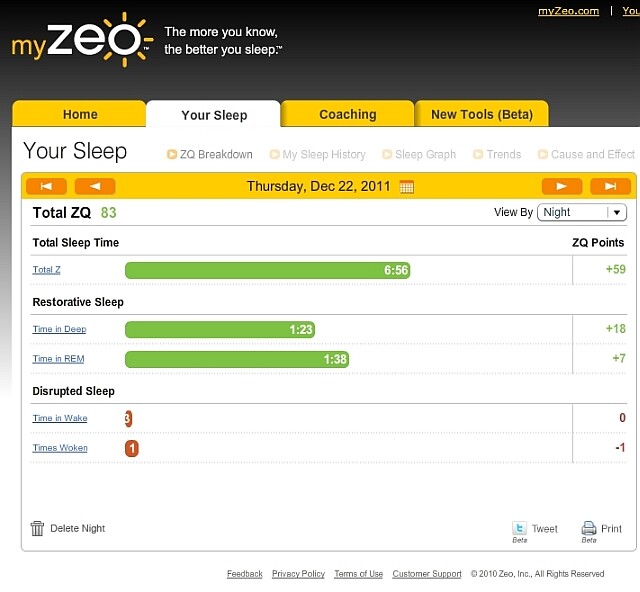
I have been using Zeo myself for almost two months now and even though I don’t really have any problem sleeping, the interest of the device soon became apparent. Zeo helps you see at what time you fall asleep at night and thus pick the best moment to go to bed. You can also log in some factors such as the light, the room temperature, the moment of your dinner, how much alcohol or coffee you drank and see how it affects the quality of your sleep.
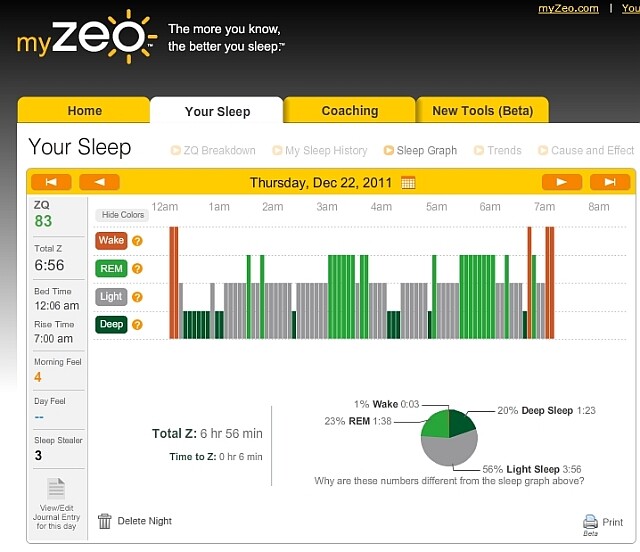
I was a bit concerned that the Zeo headband would actually impair my sleep, but after a couple of nights it becomes easy to forget it is there. It is very much like a pair of glasses that you soon stop paying attention to.
You can now have your ZQ score display on your Withings dashboard so that you can correlate the quality of your sleep with even more factors. Do you start sleeping better as you lose weight? How do you sleep after an intense exercise (recorded by RunKeeper and also displayed on your Withings dashboard)? How does a bad night’s sleep affect your blood pressure level?

Do you also make use of several devices and apps to keep track of various health indicators? How would you enjoy having even more data available on your Withings dashboard?
Withings Health Cloud kicks off with Zeo and RunKeeper
January 20, 2012


